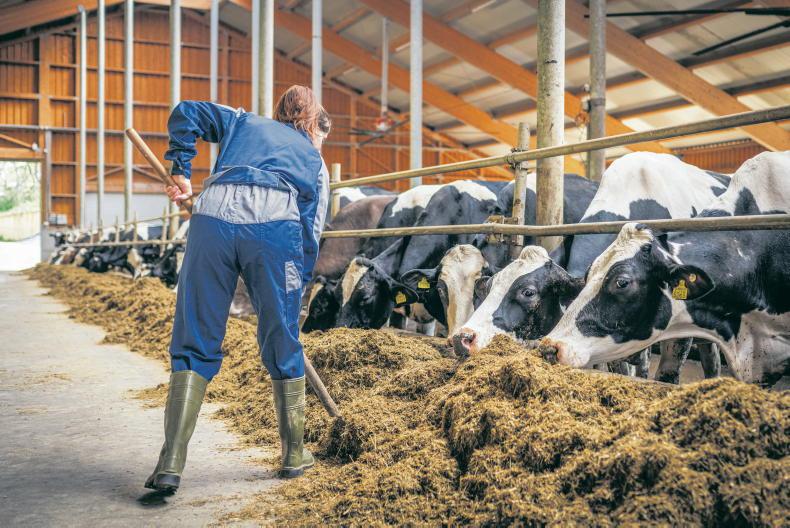The red of the Ferguson and the blue of the Ford was matched in size and power by the brown and white of the David Brown, but in the mid-1960s, the David Brown tractor had one huge advantage over its rivals: it was very keenly priced.
While today, a rummage through the pages of DoneDeal will inform you that a restored version of these old workhorses can sell for anything up to €8,000, back in the day, they could be bought new for £800.
In keeping with the names of most tractor makes, this British manufacturer was named after the man who created it.
David Brown, was an inventor who was plying his trade some years before the foundation of the Football Association in 1863. Founded as a pattern (metal moulding) manufacturing company, by 1873, David Brown had begun to concentrate on gear systems and by 1898 was specialising in machine-cut gears.
The company moved in 1902 to Meltham in Huddersfield, close to the Pennines and the rugged farming region of the Yorkshire Dales.
When David Brown died in 1903, his sons Percy and Frank took over the business. David Brown Tractors began in 1936, when Ferguson and David Brown entered a partnership to make a small agricultural tractor at the famous David Brown Park Gear Works in Huddersfield. Very soon, David Brown introduced its own engine and secretly began plans to market its own tractor.
By October 1961, the David Brown Implematic range was improved and upgraded by the introduction of the 990 which, in the years that followed, would prove itself to be one of the best tractors ever to come from the Meltham factory. A newer range of tractors introduced in October 1965 were known as the Selectamatic range and introduced the striking new appearance of the brown and white livery. The range consisted of three tractor models, starting with the 36hp 770, the 46hp 880 and the 55hp 990. All sported the outstandingly simple-to-operate hydraulic system, which provided the Selectamatic name for the range.
In Ireland, however, the David Brown seemed to remain the poor relation. While an undoubted workhorse, these tractors seemed to sound stranger and behave differently. Ferguson and Ford tractor owners seemed to look down their noses at this rugged alternative. This was hardly fair; the David Brown was the kind of tractor that could work with its jacket off and its shirt buttons open. It could even continue to work even with a sore throat or a broken arm. This stout-hearted Yorkshireman buffed away and appeared to be able to perform splendidly with parts hanging off – or even missing completely.
I came across an abandoned old David Brown in a hayshed lately and, while rusted and stripped down to the bare essentials, I felt it could take to the field if only given a fresh battery and a shot of Easystart; the magic sponge of tractor recovery.
Production of these great tractors continued until 1988, when Case took over the name and more work was allocated to their plants around the world. The corporate image was now Case-International, and a new colour scheme was introduced: using red body work, a black engine and silver wheel rims. The name on the bonnet was no longer David Brown, but Case International.
Today, a David Brown museum is located in the town of Meltham in West Yorkshire. It is appropriately housed in a building that was once part of the former David Brown manufacturing facility. The Museum is run by the UK David Brown Tractor Club and is home to an array of exhibits. These exhibits shine a light once more on the great tractor of Yorkshire, tractors that were tough and hardy and are now to be seen restored in their Sunday best.









SHARING OPTIONS